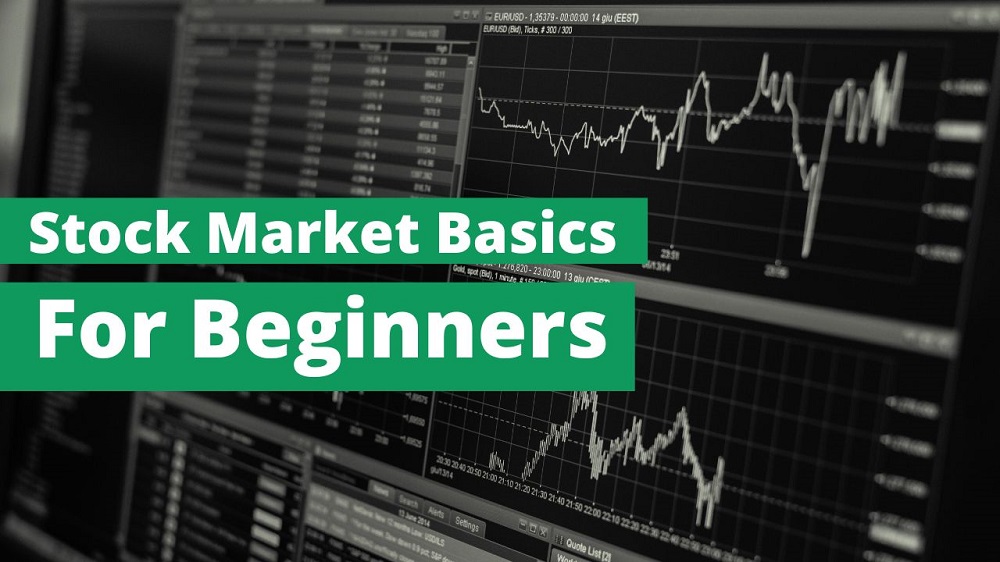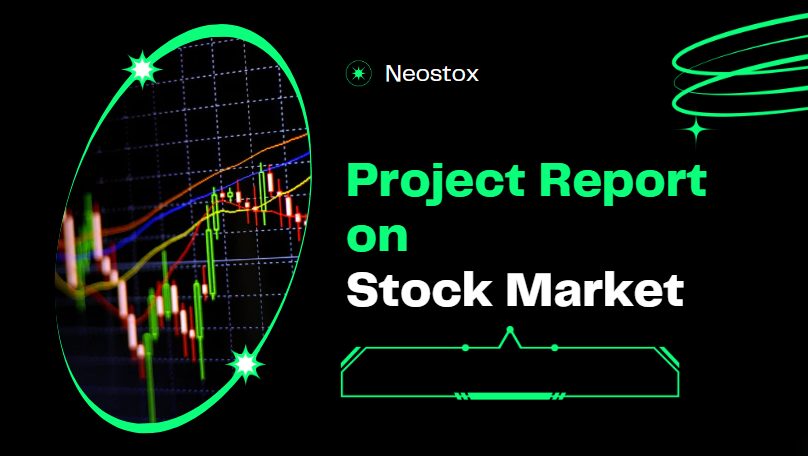Understanding the various terminologies used in the stock market is crucial for both novice and experienced investors. One such term that often comes up is “CE.” In this blog post, we will explore the CE Meaning in Stock Market in detail. This comprehensive guide will help you understand what CE stands for, how it functions, and its significance in trading and investment strategies. Let’s dive in.
What Does CE Meaning in the Stock Market?
CE stands for “Call European” in the stock market. It is a type of options contract that gives the holder the right, but not the obligation, to buy a specific underlying asset at a predetermined price (known as the strike price) on or before a specific date (known as the expiration date). This type of option is termed “European” because it can only be exercised at the expiration date, unlike American options which can be exercised at any time before the expiration date.
Importance of CE in Trading
CE options are a critical component of the derivatives market. They offer traders and investors a way to hedge their portfolios, speculate on the future price movements of stocks, and leverage their positions. By purchasing a CE option, traders can potentially benefit from upward price movements of the underlying asset with limited downside risk.
How CE Options Work
The Mechanics of CE Options
When you purchase a CE option, you pay a premium for the right to buy the underlying asset at the strike price. If the price of the underlying asset increases above the strike price before the option expires, the value of the CE option increases. Conversely, if the price of the underlying asset does not rise above the strike price, the option may expire worthless, and the trader loses the premium paid.
Example of CE Option Trade
Let’s consider an example to illustrate how CE options work. Suppose you purchase a CE option for stock XYZ with a strike price of $100, expiring in one month, and you pay a premium of $5 per share. If the price of XYZ stock rises to $120 by the expiration date, you can exercise your option to buy the stock at $100 and sell it at $120, making a profit of $20 per share (minus the $5 premium paid). If the stock price does not rise above $100, you let the option expire, losing only the $5 premium.
Key Terms Related to CE Options
Strike Price
The strike price is the price at which the holder of the CE option can buy the underlying asset. It is a crucial factor in determining the profitability of the option.
Expiration Date
The expiration date is the date on which the CE option contract expires. After this date, the option becomes void and cannot be exercised.
Premium
The premium is the price paid by the buyer to the seller for the CE option. It represents the cost of acquiring the option and is influenced by factors such as the underlying asset’s price, volatility, time to expiration, and interest rates.
Intrinsic Value
The intrinsic value of a CE option is the difference between the underlying asset’s current price and the strike price, provided the option is in-the-money (i.e., the underlying asset’s price is above the strike price). If the option is out-of-the-money (i.e., the underlying asset’s price is below the strike price), the intrinsic value is zero.
Time Value
The time value of a CE option is the difference between the option’s premium and its intrinsic value. It represents the potential for the option to gain value before expiration due to factors like market volatility and the passage of time.
Strategies for Trading CE Options
Buying CE Options
Buying CE options is a bullish strategy, as the trader expects the price of the underlying asset to rise. This strategy allows traders to leverage their positions with limited risk, as the maximum loss is limited to the premium paid for the option.
Selling CE Options
Selling CE options, also known as writing CE options, is a more advanced strategy. The seller, or writer, receives the premium and assumes the obligation to sell the underlying asset at the strike price if the buyer exercises the option. This strategy can be profitable if the price of the underlying asset does not rise significantly, allowing the writer to keep the premium as profit.
Covered Call Strategy
A covered call strategy involves holding the underlying asset and selling CE options on the same asset. This strategy allows the trader to generate additional income from the premiums received while holding the asset. It is considered a conservative strategy, as it provides some downside protection and income generation.
Protective Call Strategy
A protective call strategy involves buying a CE option on an asset that the trader already holds. This strategy provides downside protection, as the trader can sell the CE option if the price of the underlying asset declines, limiting potential losses.
Advantages of CE Options
Leverage
CE options allow traders to control a large position with a relatively small investment, providing significant leverage. This can lead to substantial profits if the underlying asset’s price moves favorably.
Limited Risk
When buying CE options, the maximum loss is limited to the premium paid for the option. This provides a level of risk management, as traders know their potential losses upfront.
Flexibility
CE options offer flexibility in terms of trading strategies. Traders can use them for speculation, hedging, income generation, and risk management, depending on their market outlook and investment goals.
Profit Potential
The profit potential of CE options is theoretically unlimited, as the price of the underlying asset can rise indefinitely. This makes CE options an attractive choice for traders looking to capitalize on bullish market movements.

Risks Associated with CE Options
Premium Loss
The primary risk of buying CE options is the potential loss of the premium paid. If the price of the underlying asset does not rise above the strike price before the expiration date, the option may expire worthless, resulting in a loss of the premium.
Time Decay
CE options lose value as they approach their expiration date due to time decay. This means that even if the price of the underlying asset remains stable, the option’s value may decrease over time.
Market Volatility
Market volatility can significantly impact the value of CE options. Sudden and unexpected price movements can lead to substantial losses for traders who are not adequately prepared for market fluctuations.
Limited Exercise Opportunities
Since CE options can only be exercised on the expiration date, traders may miss out on profitable opportunities if the price of the underlying asset rises and then falls before the expiration date.
How to Choose the Right CE Option
Assessing Market Conditions
Before choosing a CE option, it is essential to assess the current market conditions and determine the likely direction of the underlying asset’s price movement. This involves analyzing market trends, economic indicators, and other relevant factors.
Determining Risk Tolerance
Understanding your risk tolerance is crucial when selecting a CE option. Consider how much risk you are willing to take and how much capital you can afford to lose if the trade does not go as planned.
Analyzing the Underlying Asset
Conduct thorough research on the underlying asset, including its historical price performance, volatility, and any upcoming events or news that could impact its price. This will help you make an informed decision about the potential profitability of the CE option.
Choosing the Right Strike Price and Expiration Date
Selecting the appropriate strike price and expiration date is critical for the success of your CE option trade. Consider factors such as the asset’s current price, expected price movement, and time horizon when making your choice.
Tools and Resources for Trading CE Options
Online Trading Platforms
Many online trading platforms offer tools and resources for trading CE options. These platforms provide access to real-time market data, charting tools, and educational resources to help traders make informed decisions.
Financial News and Analysis
Staying updated with the latest financial news and analysis is essential for successful CE option trading. Subscribe to reputable financial news websites, follow market analysts, and join online trading communities to stay informed about market trends and developments.
Option Calculators
Option calculators are useful tools for determining the potential profitability of CE options. These calculators allow traders to input various parameters, such as the underlying asset’s price, strike price, expiration date, and volatility, to estimate the option’s value and potential returns.
Educational Resources
Many brokers and financial institutions offer educational resources, such as webinars, tutorials, and articles, to help traders learn about CE options and develop effective trading strategies. Take advantage of these resources to enhance your knowledge and skills.
Conclusion
Understanding the CE meaning in the stock market is essential for anyone looking to trade or invest in options. CE options offer a range of benefits, including leverage, limited risk, and flexibility, making them a valuable tool for traders and investors. However, it is crucial to be aware of the associated risks and to develop a well-informed trading strategy.
By taking the time to learn about CE options, assessing market conditions, and utilizing available tools and resources, you can make informed decisions and potentially achieve significant profits in the stock market. Whether you are a novice trader or an experienced investor, understanding CE options can enhance your trading capabilities and help you navigate the complexities of the stock market.
Also Read
- Pivot Point Trading Strategy
- Top 10 Trading Setups
- Boost Your Profits with Option Trading Advisory
- The Real Trade: True Value in Modern Markets
- The Art of Trading: Simple Tips for Successful Investing
Frequently Asked Questions
What does CE mean in the stock market?
CE stands for Call European, a type of options contract. It gives the holder the right to buy an underlying asset at a specific price before a certain date. Unlike American options, CE options can only be exercised on the expiration date. This means you have the right to buy the asset at the strike price only on that specific date. CE options are useful for traders who want to bet on the price of an asset going up without the obligation to buy until the expiration date.
How does a CE option work?
A CE option allows you to buy an asset at a predetermined price. You pay a premium for this right. If the asset’s price rises above the strike price by the expiration date, you can exercise the option for a profit. If the price does not rise, the option expires worthless, and you lose only the premium paid. This mechanism helps traders leverage their positions and potentially gain significant profits while knowing their maximum possible loss in advance.
What is the strike price in CE options?
The strike price is the price at which you can buy the underlying asset when the CE option is exercised. It’s fixed when you purchase the option. If the asset’s market price exceeds the strike price at expiration, the option has intrinsic value. The difference between the market price and the strike price is your potential profit per share, minus the premium you paid. Choosing the right strike price is crucial for your trading strategy, as it influences both potential profit and the likelihood of the option being profitable.
What is the expiration date of a CE option?
The expiration date is the last day you can exercise your CE option. After this date, the option becomes worthless if not exercised. This date is set when you purchase the option and is critical because it limits the time you have to make a profitable trade. Market conditions and asset price movements up to this date will determine whether you can exercise the option for a profit. Planning your strategy around the expiration date helps manage risks and aligns with your market expectations.
How is the premium of a CE option determined?
The premium is the price you pay for the CE option. It is influenced by the current price of the underlying asset, the strike price, the time until expiration, and market volatility. Higher volatility and longer time frames generally increase premiums because they offer more opportunities for the option to become profitable. The premium compensates the seller for the risk they take. Understanding these factors helps in choosing options with the right balance of cost and potential return, fitting your risk tolerance and market outlook.
What are the advantages of trading CE options?
Trading CE options offers several advantages. They provide leverage, allowing you to control a large position with a relatively small investment. The risk is limited to the premium paid, making it a known maximum loss. CE options also offer significant profit potential, especially if the underlying asset’s price rises substantially. Additionally, they provide flexibility in trading strategies, such as hedging existing positions or speculating on price movements. These benefits make CE options a versatile tool for both novice and experienced traders aiming to maximize returns while managing risks.
What are the risks of trading CE options?
The primary risk is losing the premium paid if the option expires worthless. This happens if the underlying asset’s price does not exceed the strike price by the expiration date. Additionally, CE options are subject to time decay, meaning they lose value as the expiration date approaches. Market volatility can also impact the option’s value unpredictably. Therefore, it’s crucial to thoroughly analyze market conditions and manage your risk effectively when trading CE options, to avoid significant losses and to make the most of their profit potential.
How can I use CE options in my trading strategy?
CE options can be used in various trading strategies. A long call strategy involves buying CE options to profit from expected price increases. A covered call strategy involves holding the underlying asset and selling CE options to generate income from premiums. Protective calls provide downside protection by combining CE options with existing positions. Bull call spreads and calendar spreads are advanced strategies that manage risk and leverage potential gains. Understanding these strategies helps in choosing the one that best fits your market outlook and investment goals.
What factors should I consider when choosing a CE option?
When choosing a CE option, consider the underlying asset’s price trends, market conditions, and your risk tolerance. Analyze the asset’s historical performance and volatility to gauge potential price movements. Choose a strike price that aligns with your expectations and an expiration date that suits your trading horizon. Also, evaluate the premium cost and ensure it fits within your budget. Using tools like option calculators can help estimate potential returns and risks, enabling you to make informed decisions that match your investment strategy.
Where can I find tools and resources for trading CE options?
You can find tools and resources for trading CE options on online trading platforms, which offer real-time market data, charting tools, and educational content. Financial news websites and market analysts provide insights and updates on market trends. Option calculators help in assessing potential profitability, while educational resources like webinars and tutorials from brokers and financial institutions enhance your knowledge. Joining online trading communities can also provide support and information from experienced traders, helping you stay informed and improve your trading skills.




